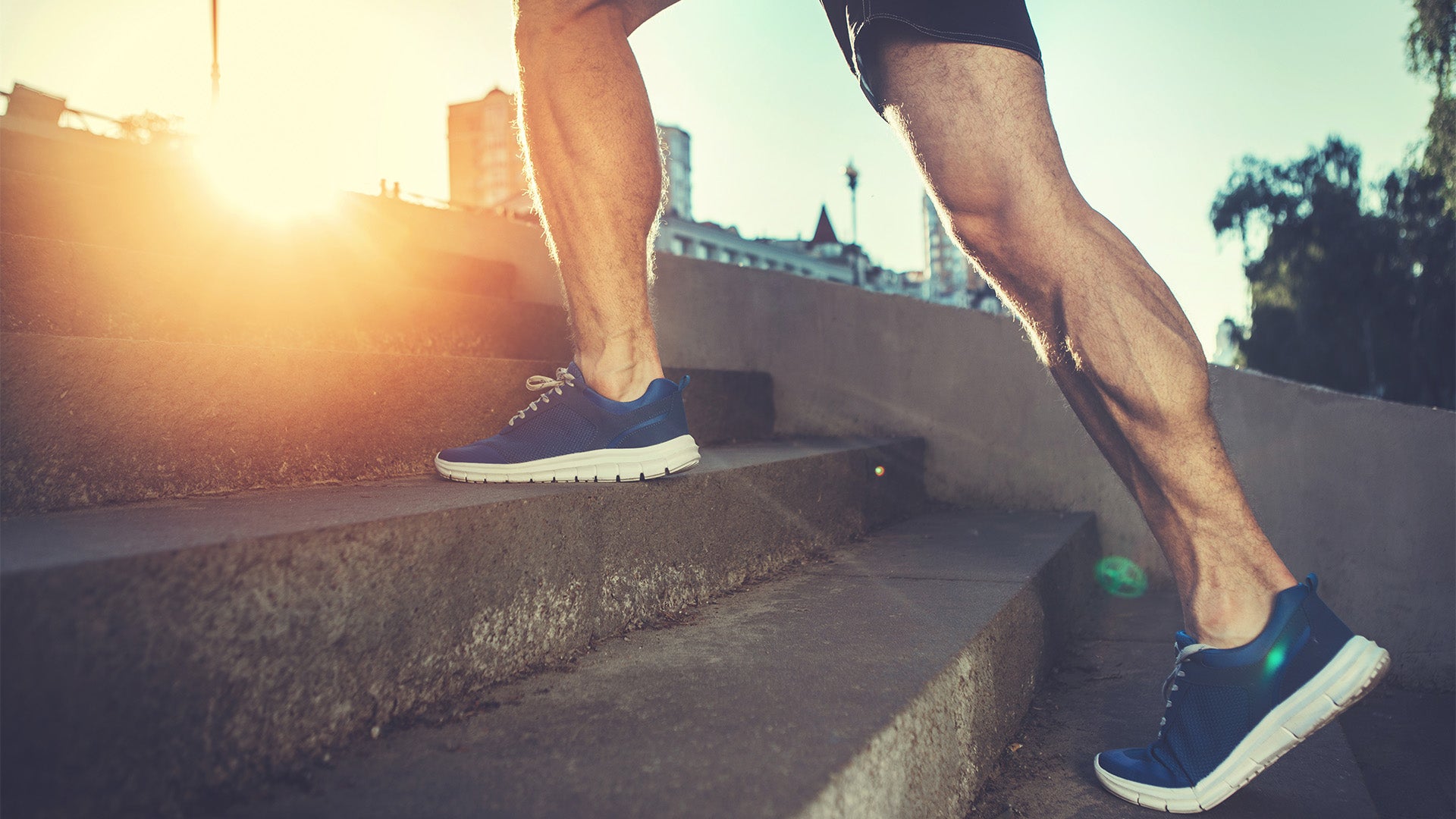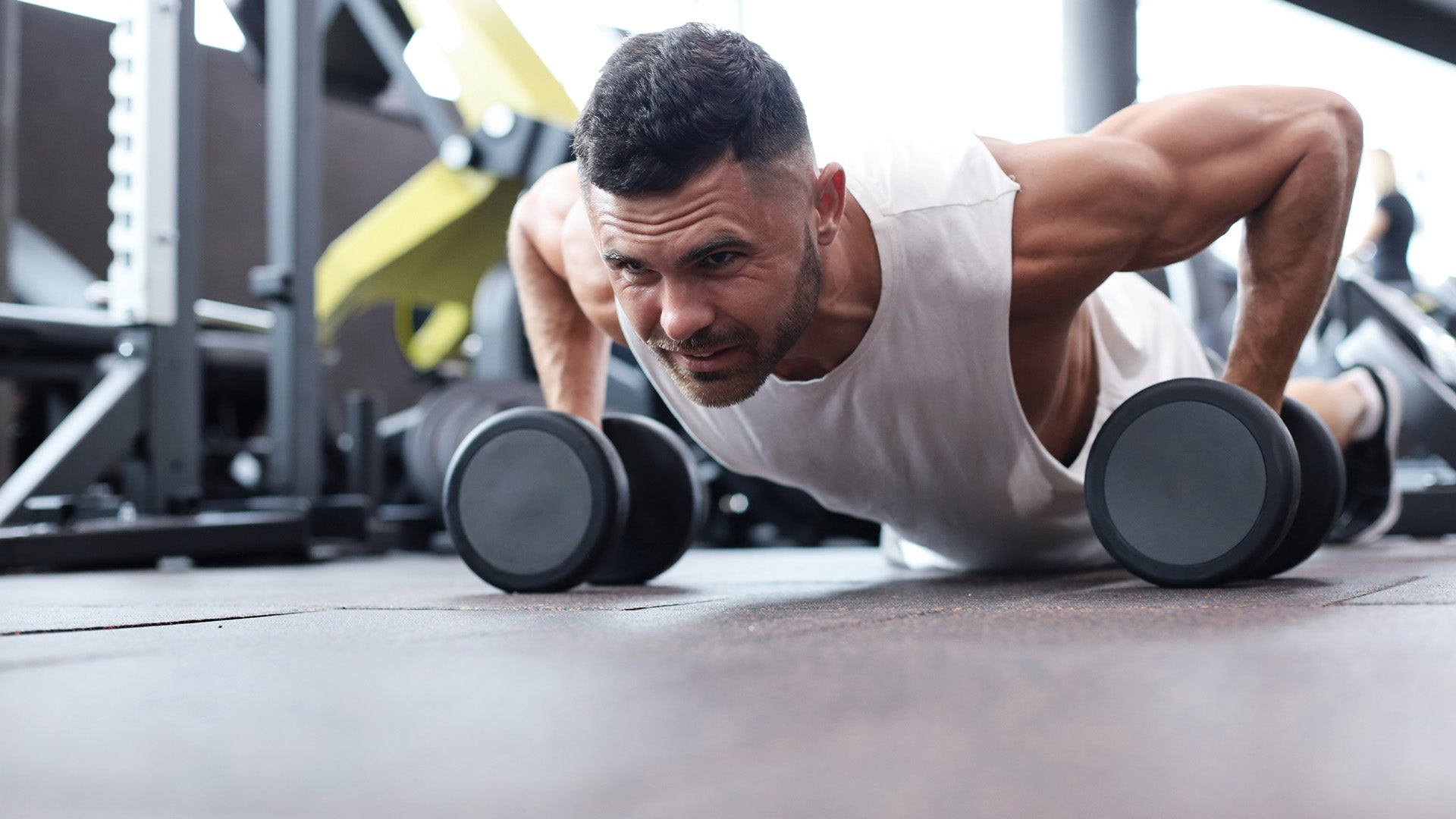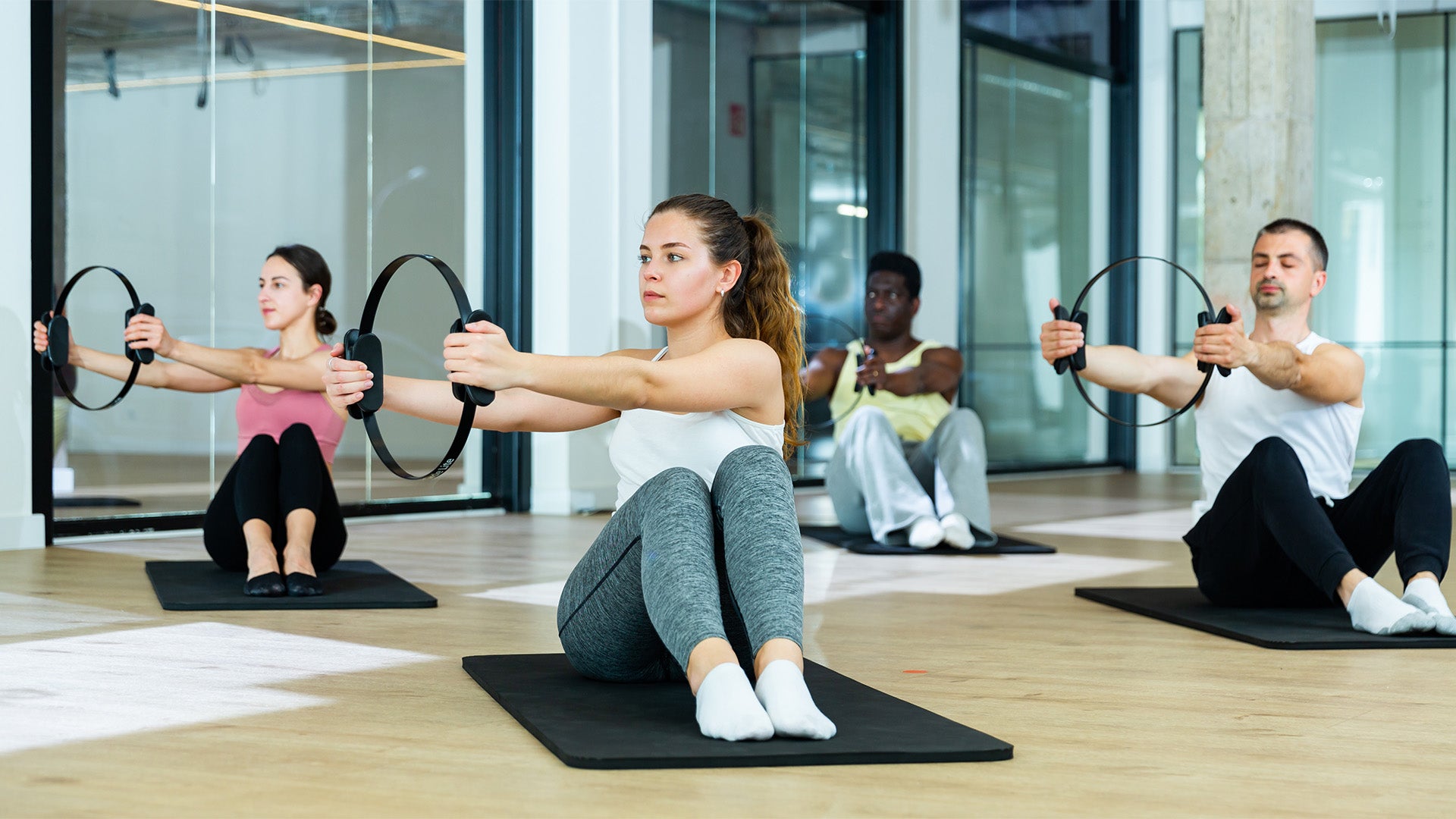Why Strength Training Makes You Hungry
Going to the gym on an empty stomach is torture for some and method for others. Regardless, if you’re going hard during your training session, it’s only a matter of time before you start to feel your stomach grumbling and your mouth watering.
Strength training can make you feel like you’re starving even more than other forms of exercise. Why exactly is that, and what are some recommendations for fueling the body to gain muscle mass? Here’s everything you need to know.
How Does Hunger Work?
The feeling of hunger is your body’s way of letting you know it needs food. It’s a complex process involving several different organs and brain signals. But one of the most important as it relates to strength training is metabolism.
Metabolism is how your body converts what you eat and drink into energy. Calories in food and beverages are combined with oxygen to release the energy your body needs to function.
Everyone’s metabolism works at different speeds, and many indicators affect metabolic rate. Regardless, when your metabolism works quickly, you’ll need to eat more food in order to feel full.
For athletes and gym-goers, this means that you’ll probably need a lot more food than the average joe. In fact, having more muscle mass basically requires you to eat more per day.
How Does Muscle Mass Impact Hunger?

Your basal metabolic rate is the amount of energy your body spends in a resting state. It can be thought of as the number of calories your body burns by just existing. And in most cases, having more muscle means that your basal metabolic rate will be higher.
The more muscle mass you have, the more energy your body needs to function at a basic level. Someone who weighs 150 pounds but is fairly muscular and active will have a higher basal metabolic rate than someone at the same weight who is sedentary.
This is one of the reasons why strength training is one of the best ways to help burn body fat. As you pack on the muscle, your body will require more fuel in the form of food. But since your body is burning more calories to keep your muscles growing and functioning, you’ll be in a caloric deficit more easily.
You’re also using up a lot of energy during your training sessions. Studies have found that lifting weights increases metabolic rate up to 7.7% up to 36 hours after a training session. This faster metabolic rate burns more energy and, therefore, calories, which will more quickly signal to your body that it needs food to replenish.
Strength training may also trigger afterburn, technically known as excess post-exercise oxygen consumption (EPOC). This is the amount of oxygen required to restore your body to its normal, resting level of metabolic function. This is more common during cardio-heavy exercise, where more oxygen is consumed. However, it can still occur during lifting periods. The afterburn effect can continue to burn calories for 12 to 24 hours after exercise.
How Should You Fuel Before, During, and After a Workout?
If you’re trying to make gains in your strength training goals, then the way you fuel your body inside and outside of a workout is essential. In fact, the foods you eat might play an even more powerful role in your ideal body type than exercise alone.
Pre-Workout Fuel
If you’re a “rise and grind” type who likes to hit the gym before your alarm goes off, eating before working out can be hard. And while the verdict is still out as to whether or not you need to eat before you work out, you probably should put a little bit of energy into your system.
As a rule of thumb, if you only have 30 to 60 minutes before your training session, try to eat a small carb-heavy snack to help you perform at your best. A banana, granola bar, or some toast with fruit jam are some great options that usually aren’t too high in fiber, so you won’t need to worry about digestive issues during your squat session.
But if you have around two to three hours before you lift, you can eat a normal meal. Make sure your meals are high in protein to help with muscle synthesis while also keeping you full for a longer period of time.
Fuel During Your Workout
You probably don’t need to eat too much during a workout, especially if you’re training for less than 90 minutes. However, if you’re performing in an endurance event lasting longer than that, it’s always good to have some energy gels, gummy candies, or other small energy bursts to help keep you going.
The most important fuel during your workout is hydration, particularly those loaded with electrolytes. Sports drinks and electrolyte supplements are great, but you can add a pinch of salt to regular drinking water to stimulate thirst and throw in some electrolyte goodness. You should consume around seven to 10 oz of water every 10 to 20 minutes during a workout.
Post-Workout Fuel

Replenishing your lost energy after a workout is essential, especially when your lifting session makes you feel hungrier than ever. What you eat outside of the gym can directly influence how you feel inside the gym.
When it comes to post-workout fueling, one of the most important macronutrients to consider is protein. For athletes, it’s recommended that you get between one to two grams of protein per pound of body weight. That’s a lot of protein, and chances are high that you’re not getting enough to facilitate proper muscle synthesis and growth.
Enhance your protein intake by using protein shakes and bars, which have a high protein concentration for their volume. You can also load up on protein through lean meats like fish, poultry, beans, nuts, and soy products.
As far as giving your body the energy it needs to perform during your next session, you’ll need to load up on carbs and fats, too. Complex carbohydrates like whole grain bread, vegetables, and beans tend to have a high volume of vitamins, minerals, and fiber. For fat, try to load up on healthier unsaturated fats like avocados, vegetable oils, olives, and nuts.
In Conclusion
One of the benefits of lifting heavy weights is that you can get to eat tons of food afterward to fuel your mind and body. Feeling hungry after a workout is normal, and it’s related to your body’s metabolism working overtime to replenish energy in your working muscles. Plus, an intense workout can initiate EPOC, which continues to burn calories for up to 24 hours while your body tries to return to homeostasis.
But if you feel like your exercises just aren’t getting you the results you’ve been wanting, it might have nothing to do with your diet and routine. It might be due to the equipment you’re using.
Speede uses the latest muscle AI to deliver results in a fraction of the time. Built for athletes, made for everyone. Order your Speede Challenger or Speede Pro today to feel the results that technology-driven exercise can create.
Sources:
7 Things to Know About Excess Post-exercise Oxygen Consumption (EPOC) | American Council on Exercise
Electrolytes: MedlinePlus Medical Encyclopedia | MedlinePlus
Hydration for Athletes | familydoctor.org.
Protein and the Athlete - How Much Do You Need? | Eat Right.



